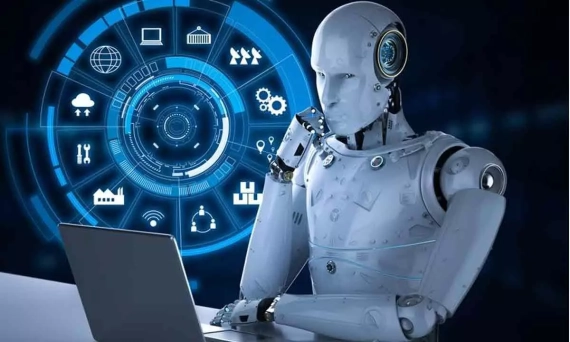Now Reading: Microsoft Unveils MAI-Image-1: A Leap Towards Independent AI Innovation
-
01
Microsoft Unveils MAI-Image-1: A Leap Towards Independent AI Innovation
Microsoft Unveils MAI-Image-1: A Leap Towards Independent AI Innovation

Microsoft has introduced MAI-Image-1, its first in-house AI image generator, marking a significant shift in the company’s AI strategy. This move reduces reliance on external partners like OpenAI, aiming to enhance control over AI development and integration. The model’s debut among the top 10 on LMArena underscores its competitive edge in the rapidly evolving generative AI landscape.
Strategic Shift in AI Development
The launch of MAI-Image-1 reflects Microsoft’s commitment to building proprietary AI technologies. By developing this model internally, Microsoft aims to strengthen its position in the AI sector, ensuring more direct control over its tools and reducing dependencies that could impact innovation and responsiveness.
Technical Capabilities and Performance
MAI-Image-1 is designed to produce photorealistic images with high fidelity, focusing on natural lighting, complex compositions, and realistic textures. Its performance has been optimized for speed and efficiency, making it a practical tool for creators and professionals requiring high-quality visuals on demand.
Integration with Microsoft’s Ecosystem
The model is set to be integrated into Microsoft’s suite of products, including Copilot and Bing Image Creator. This integration allows users to leverage the power of MAI-Image-1 within familiar interfaces, enhancing productivity and creative possibilities across various applications.
Implications for the AI Landscape
Microsoft’s move to develop in-house AI models positions it as a more autonomous player in the AI industry. This development could influence market dynamics, encouraging other companies to invest in internal AI capabilities and fostering a more competitive environment in generative AI technologies.
Conclusion
The introduction of MAI-Image-1 signifies a pivotal moment in Microsoft’s AI journey, highlighting its strategic shift towards self-reliance and innovation. As the AI landscape continues to evolve, Microsoft’s approach may set new standards for how companies develop and integrate AI technologies, impacting both the industry and end-users.

























